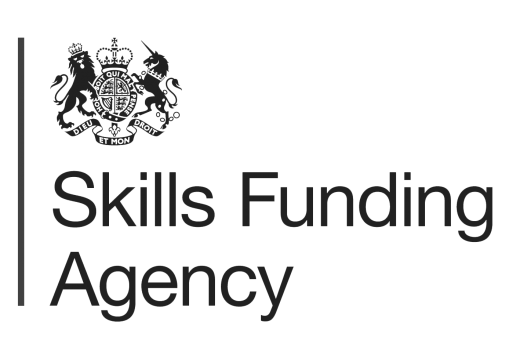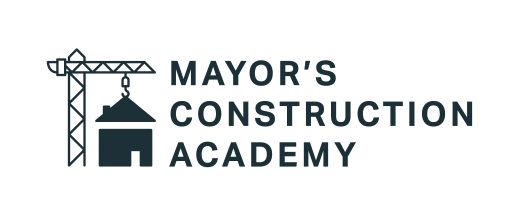Equality & Diversity Training
Equality & Diversity Training teaches employees how to operate appropriately amongst an equal and diverse workforce. It includes anti-discriminatory practices as well as how to report inappropriate or offensive behaviour.
Introduction
Our Equality and Diversity Training course covers the Equality Act 2010 and discusses the details relating to discrimination as well as unfair treatment within a professional environment.
As the UK becomes more culturally diverse each year, so do the workplaces in which we operate in. Striving to create inclusive environments that reflect the diverse backgrounds of their employees and customers, organisations are investing in Equality and Diversity training to help foster understanding and respect across all levels of the workforce.
Therefore, Equality and Diversity training is becoming an essential part of training for all organisations.
Enrol your team in our online Equality and Diversity training programme to ensure your organisation is equipped to thrive in an increasingly diverse world.
Learning Outcomes
- Display your commitment to The Equality Act 2010.
- Understand prohibited behaviour in relation to discrimination.
- Know the protected characteristics as well as the benefits of an equal and diverse workplace.
Course Structure
This training course is broken down into 3 sections.
- Unacceptable behaviour
- Protected characteristics
- The Benefits of Equality and Diversity in The Workplace
Course Overview
Equality and diversity refers to the fair treatment and respect of all individuals, no matter their personal circumstances.
Our CPD accredited Equality and Diversity training programme analyses how we behave at work, and how it may affect those around us. It addresses unacceptable behaviour, such as stereotyping and discrimination. It also introduces the characteristics protected by The Equality Act, which suggests ways to build a more supportive, harmonious workplace.
An open and inclusive workplace has many benefits to the organisation and to individuals, such as an increase in morale, better staff retention and improved company reputation. When employees are treated fairly and with respect, this is reflected in their work. Typically, better working environments result in better overall performance and productivity.
This is why we believe our Equality and Diversity Training is the perfect solution - it can be completed online in under an hour and it provides printable certificates to demonstrate your commitment to the Equality Act 2010. Get started with a free trial today.
Available in 42 languages
ALL INCLUSIVE
Machine translated* content is included for free with all of our popular courses.
It covers LMS navigation, course transcripts and test questions. If you don't see a course listed in the language you require, just let us know.
*Content which is not English may be machine translated and is for assistive purposes only. We cannot guarantee the accuracy of translations.
Equality & Diversity Training certificate
All of our courses end with a multiple-choice test to measure your knowledge of the material.
Equality & Diversity Training concludes with a 20-question multiple choice test with a printable certificate. In addition, short in-course questionnaires will guide you through the sections of the training, which are designed to reinforce learning and ensure maximum engagement throughout.
As well as printable user certificates, training progress and results are all stored centrally in your LMS (Learning Management System). This can be accessed at any time to reprint certificates, check & set pass marks, and serve as proof of commitment to ongoing legal compliance.
What does my certificate include?
Your Equality & Diversity Training Certificate includes your name, company name (if applicable), name of course taken, pass percentage, date of completion, expiry date and stamps of approval or accreditations by recognised authorities.
Please note, if you are using our course content via SCORM in a third party LMS, then we are unable to provide certificates and you will need to generate these yourself in your host LMS.
Why is Equality & Diversity Training Important?
It's important that you comply with the law and know the ways in which it affects you and the way you work.
Equality and Diversity requires you to acknowledge that everybody has a right to fair and equal treatment, irrespective of age, gender, sexual orientation, or any other characteristic. Originally, workplace legislation surrounding these rights was considered a ‘grey area’; with around 116 separate laws existing under the broad umbrella of ‘equality and diversity’. In October 2010, these were finally merged into one coherent act: The Equality Act 2010.
The Equality Act includes 'Protected Characteristics' referring to the differences between people that cannot be used as reasons to treat them differently. A breach of this would be against the law.
The Equality Act also includes 'Prohibited Conduct' which refers to actions that individuals are not allowed to commit to each other on the basis of any of the protected characteristics. This is also illegal.
Protected characteristics include: age; disability; gender reassignment; marriage and civil partnership; pregnancy and maternity; race; religion or belief; sex; sexual orientation. The Equality Act 2010





